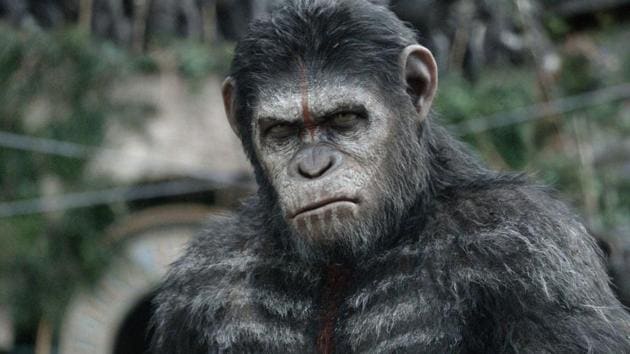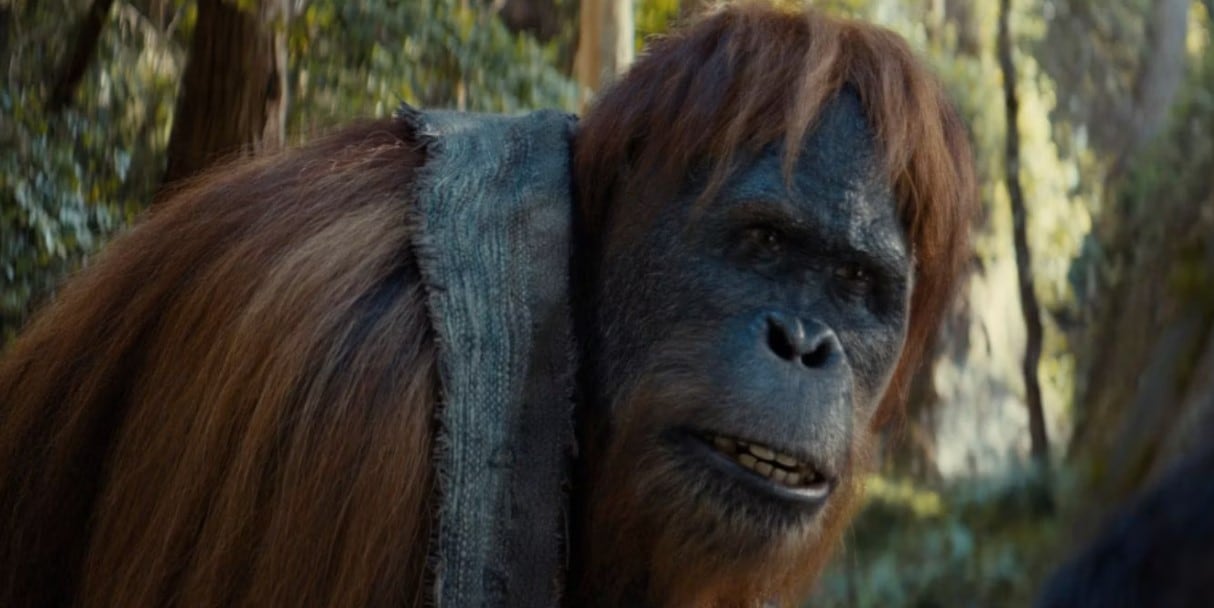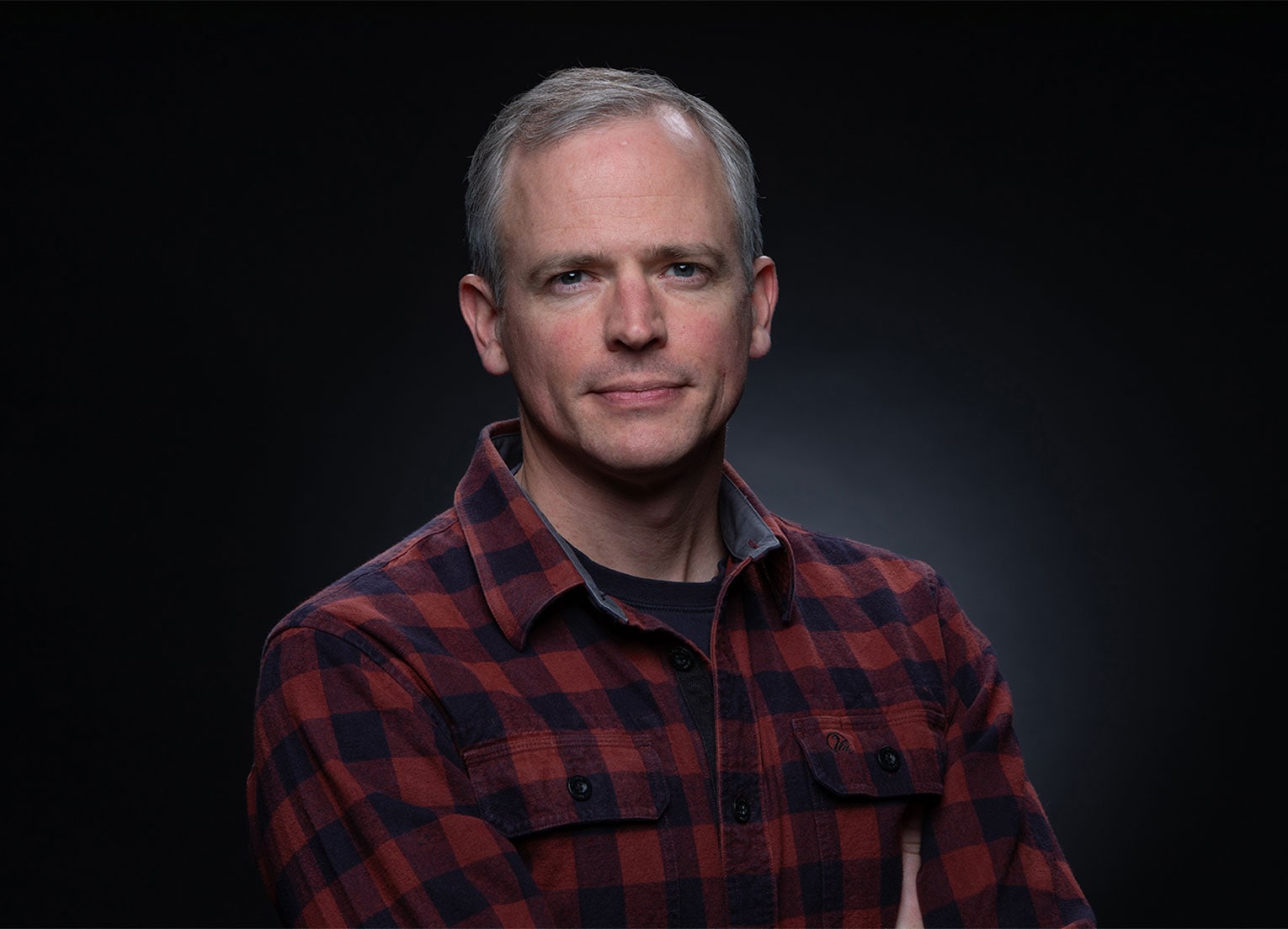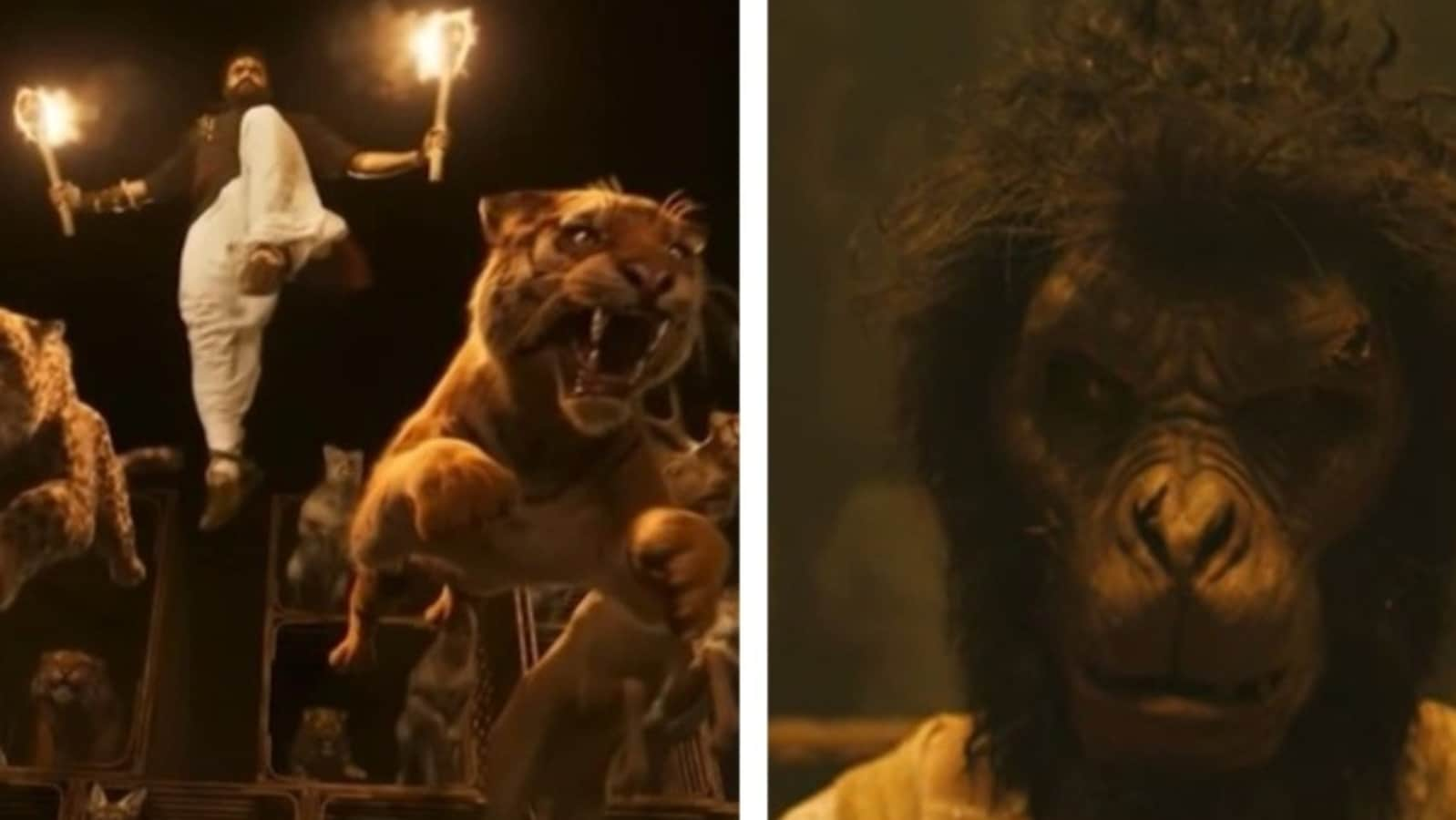Evolution has been at the heart of Planet of the Apes. In an exclusive interview with the franchise’s VFX supervisor Eric Winquist, we discuss exactly that – the evolution of the film series, the VFX techniques crucial to it, the portrayal of apes on screen, and cinema’s relationship with the next big breakout thing called Artificial Intelligence.
(Also read – Kingdom of the Planet of the Apes review: Visually stunning film carries forward the legacy of the trilogy)
As well as the Planet of the Apes franchise, you’ve also worked on Peter Jackson’s King Kong (2005) and Brad Peyton’s Rampage (2018). What is it about apes that makes them such a fascinating part of our collective imagination?
The obvious thing is that they are very closely connected to us. We can tell stories that are very human in nature, but without the visible humans on screen. I think we can connect to those animals particularly because they differ from us by only 2% of our DNA. Anyone who has been to a zoo and has made eye contact with an orangutan or a chimpanzee, you can tell there is a primal connection there. It’s hard to describe, but it’s unmistakable.

You’ve been involved with this franchise since its first reboot installment, Rise of the Planet of the Apes (2011). How has your process evolved over these four films?
It’s really great to see how technology is taking us forward through movies. We recently saw Rise of the Planet of the Apes. At the time, we thought wow, it looked amazing! And now, we think it looks a bit dated. With the advancement in rendering technology and animation technology, we’ve come a long way. It’s much more realistic, more engaging and more believable than before.
The latest installment, Kingdom of the Planet of the Apes, marks the beginning of a new era in the franchise. How challenging was it for you to design its aesthetic?
Entering the Kingdom, we’re no longer in that soft light, Canadian rainforest-San Francisco kind of feeling. The lighting style and camera style is much more controlled. Now, we’re in this bright sunlight with handheld cameras. It’s been nice to have these changes going from film to film because it’s helped keep it fresh for us as well.
We introduced 12 new protagonist characters in this part, and all of them speak. Previously, most of them used sign language. So the need for high-fidelity facial animation in this film was more challenging. This film probably has more dialogue than the other three films combined. Secondly, we got two big underwater sequences. So now, we had to deal with what happens when you put a monkey in water, what happens to their hair when they are in water, there was a need for simulations of that.

Speaking of underwater, you also worked on James Cameron’s 2009 historical fantasy film Avatar. What did you learn from that experience that you potentially applied to this franchise?
Jim Cameron probably knows more about the entire filmmaking process than anybody else. His depth of knowledge, his eye for detail, is remarkable. He has stepped up the game for all of us. Keep asking yourself, “What can we do to make this better?” You need to let go of your expectations of what has come before you and aim to exceed that with the next one.
I read that you photographed an orangutan in Germany as the inspiration for Raka in this film. How much of your process is in the studio and how much is on the ground?
By the time we are handed things, we are completely studio-based. The shoot is done and we are no longer in the jungle. We are doing a lot of our recce, scouting or research through the internet. It was through image search that we tracked down the chimpanzee who was a reference for Caesar or the orangutan who was the reference for Raka.
But for any of the films I’m involved with, I like to take as many photos as possible. For example, for the seagulls we see in the bridge sequence, we went to a beach in Wellington and took photos of the fish while feeding them. We put them in the film rather than designing highly detailed seagulls just for one shot. Sometimes, you can’t find what you need on YouTube!

Is there a VFX technique that you think will be huge in the next 5 years?
Whether it’s coming or already exists, there’s a lot of buzz about AI (artificial intelligence). Where is machine learning going to fit into the VFX or filmmaking ecosystem is the big question. There are a lot of these tools to save time. But I think the focus is on using it as a creative tool, not using it as a replacement for creators. There’s an inherent human element in the filmmaking process that can’t be replaced by “AI”, whatever that means. I think we’d lose something huge.
We’re using machine learning on this as a way to record footage of actors’ faces, which is processed in a machine learning solver, which gives animators a starting point for the work they do. So they can focus all their attention on the emotional nuances, not on the foundation of the facial performance. This is just one of many examples.
Do you feel bad when someone praises your VFX? Because practically, good VFX should be invisible.
We are very happy when no one notices that we have done something. That means we have done our job successfully. In a lot of the work we do, everyone knows that what they are seeing cannot be real, like there is a talking monkey on the screen right now. But somehow they get completely captivated. That is what I find very satisfying. With this film, especially, there are a lot of reactions like how did you make that orangutan so realistic. They say that two minutes after the film started, I was completely lost, I forgot that I was watching a digital character. It was great to hear that.

Lastly, have you seen any Indian film whose VFX impressed you?
I think I would say obviously, RRR, in terms of the amount of madness that came out on screen. It was fun to watch. I was very impressed with Dev Patel’s Monkey Man, just in terms of the film. Obviously it was the year of the monkey. It was his first directorial venture. It was a great, fun film, which obviously had some fun VFX moments here and there. Great film!
Kingdom of the Planet of the Apes is now streaming on Disney+ Hotstar in India.
